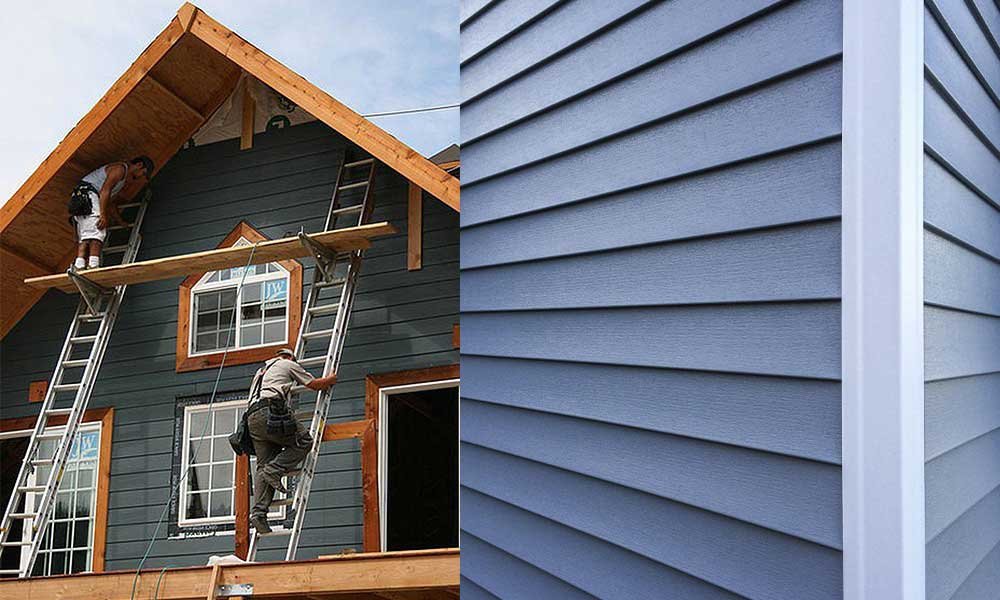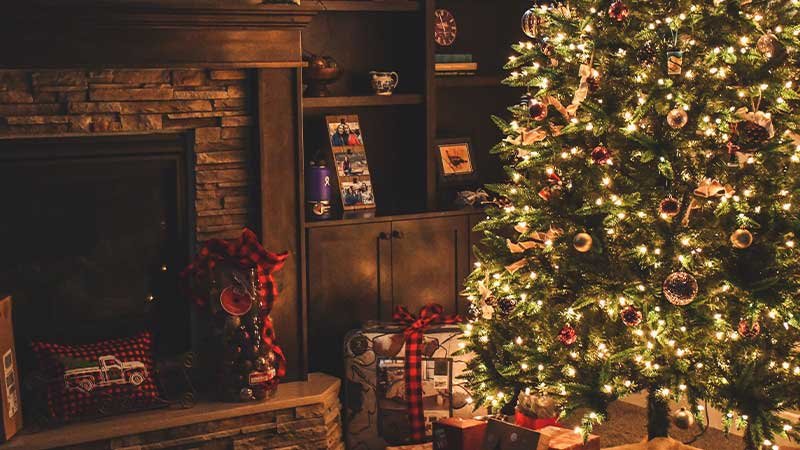5 Tips To Maintain Your Fencing
Even if you have constructed your outdoor fencing with the highest quality materials and fixtures and fittings, any fence must still be checked and maintained on a regular basis. Whether you have opted for wooden, wooden post and wire, or all metal fencing, there are several steps you can take to ensure it successfully withstands the elements and lasts a lifetime. Continue reading to find out what they are and how they can prolong the lifespan of your fencing today.
1. Regular inspection and cleaning
Inspecting your fencing on a regular basis is a good way to prevent it from falling victim to the effects of either gradual wear and tear or specific incidents such as storms or direct pressure from large animals such as cows. When it comes to fencing, prevention is key. Regular checks mean you can pick up on any number of issues that might otherwise get overlooked and ultimately prove costly and inconvenient.
Most fences don’t require a regular wash, but there’s no harm in washing them down once a year, and this also presents an ideal opportunity to check all aspects of the fence’s integrity and security. But you need to clean each type of fence carefully. Wire fencing just needs a rinse with a hose, or for more difficult patches a soft brush should work, clearing away debris and animal hair. Cleaning helps protect fences but also helps keep them looking pristine. Wood fencing can be washed with a special wood cleaning solution or simply water. Always make sure the fence is dry before you attempt to apply any other treatments or paints after washing.
It’s especially important to make additional checks on fencing should there be an exceptional bad period of weather, such as a major storm. Severe weather can cause damage to a fence that livestock can then make much worse.
2. Tighten loose wires
Loose wire fencing, which happens naturally over time (usually due to changes in temperature and weather) can lead to a number of problems. It can reduce the structural integrity of your fencing, make further damage more likely and potentially provide a hazard for animals. To keep fence wires properly stretched you can put several small kinks or creases in the wire with pliers, or a hammer, or alternatively use a special tool designed for this purpose such as a gripple tensioning tool. This tensions wire but also regulates the load applied, so maximizing the life of your wire.If wire tighteners are already a feature of the fence, you should aim to check them at least twice a year and splice any broken wires as and when necessary.
3. Add support
If your fencing is visibly aging, (sagging, leaning, missing, or broken parts), you may be able to slow down the process of its deterioration by adding extra support as soon as possible. This can be done in a number of ways depending on the type of fencing you have installed. For example, wooden fencing can be supported by installing a series of horizontal panels or rails. By adding a panel between the top and bottom rails, you can strengthen the fencing from the ground up and prevent it from toppling over during strong winds or extreme weather conditions. You can also reinforce your fencing by replacing old panels, rails, or nails that are decaying and unable to continue providing support.
4. Rebalance posts
Leaning or unbalanced posts are one of the most common problems you will find whatever type of fencing you have. These should be replanted if possible or replaced as soon as possible to prevent the entire fence from falling and the safety and security of your enclosure from being compromised. Start by digging around the wobbly post to loosen it from its foundation. As you start digging, pile the excavated soil on an old newspaper or tarp so you can easily refill the hole when you are done. If the post is set in concrete, you must break it up with a hammer before removing it and pouring new concrete footing. Damaged posts can also be reinforced with a sister post. It must be thinner than the original post and not exceed its height. This additional post provides extra support and can enable your fencing to better withstand further bad weather or direct pressure from animals.
5. Don’t overload your fence
Whatever your fence is made of you need to make sure that you are not overloading it. By this we mean adding additional features that weren’t specifically part of it such as feeding stations, signage etc. If your fence is overloaded with additional items hanging from or leaning on it, it could warp and buckle under the pressure, potentially leading to the collapse of the fence. If you are contemplating additions, make sure you account for the extra weight and look at ensuring the right foundations are in place.
Fences are incredibly important, and you need to make sure that they are always going to be well-maintained. It can end up being very costly if you do not address even something as simple as a wobbly post or a loose board. It’s not the most glamorous of tasks but the importance of fence integrity means its always worth making sure you stay on top of your fencing maintenance.
Also, you can consider reading:
Tips on Preventing Damage to Your Roof!
Follow Us
Latest Post
















